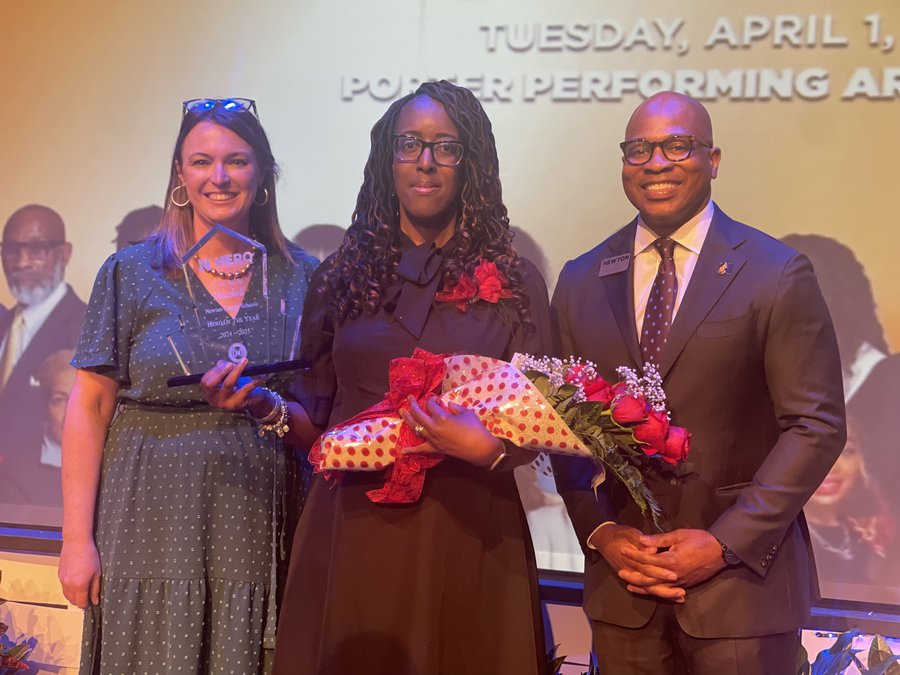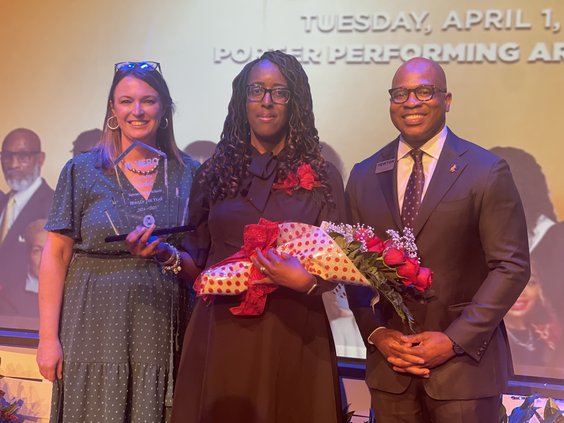According to data released by the Georgia Department of Education Wednesday, Newton County School System’s 2013 four-year cohort graduation rate is 71 percent, which matches Georgia’s pass rate. The school district’s 2012 five-year cohort graduation rate is 77 percent--five points higher than the state’s graduation rate.
The four-year adjusted cohort graduation rate defines the cohort based on when a student first becomes a freshman. The rate is calculated using the number of students who graduate within four years and includes adjustments for student transfers. In contrast, Georgia’s former graduation rate calculation defined the cohort upon graduation, which may have included students who took more than four years to graduate from high school. Likewise, the five-year adjusted cohort graduation rate defines the rate for those students who needed an extra year to graduate.
Graduation rates for the schools are listed below:
|
SCHOOL |
2012 4-YEAR COHORT % GRADUATION RATE |
2013 4-YEAR COHORT |
PERCENT INCREASE/ |
2011 5-YEAR COHORT % GRADUATION RATE |
2012 5-YEAR COHORT % GRADUATION RATE |
PERCENT INCREASE/ |
|
Alcovy High |
74 |
74 |
= |
65 |
76 |
+11 |
|
Eastside High |
87 |
88 |
+1 |
79 |
88 |
+9 |
|
Newton High |
83 |
67 |
-16 |
69 |
82 |
+13 |
|
NCSS |
76 |
71 |
-5 |
68 |
77 |
+9 |
|
State |
70 |
71 |
+1 |
72 |
72 |
= |
Both Alcovy and Eastside topped the state’s four-year graduation rate in 2013. In addition, Alcovy maintained its 74 percent completion rate and Eastside increased their graduation rate by one point in 2013. Newton High School’s four-year graduation rate dropped 16 points in 2013.
According to Newton County School Superintendent Samantha Fuhrey, upon receiving the report, school district officials immediately began to research for a possible cause in the significant decrease in Newton High School’s graduation rate. It was determined that school personnel were unable to verify all of the recorded reasons for student withdrawal. As students withdraw, school staff must verify their enrollment in a receiving school in order to not count the student as a “drop-out.” When students relocate to another state, the verification process becomes more challenging. It is not that fewer students have graduated, but that fewer withdrawal reasons could be verified. System and school level processes are being reviewed to ensure the withdrawal verification process is consistent throughout the district.
Newton County’s 2012 five-year cohort graduation rates increased across the board with each school and the district posting significant gains. Alcovy’s graduation rate increased from 65 percent in 2011 to 76 percent in 2012 and Eastside’s graduation rate increased from 79 percent to 88 percent during the same time period—an increase of 11 and 9 points respectively. Newton High School saw the largest increase in five-year cohort graduation rate, going from 69 percent in 2011 to 82 percent in 2012—a 13-point gain. As a result, the school system’s five-year graduation rate increased nine points in 2012. All five-year graduation rates were above the state average.
“We are very pleased with the consistent performance of Alcovy and Eastside in terms of maintaining their four-year graduation rates,” said Fuhrey. “It’s unfortunate that we don’t have a more accurate four-year graduation rate for Newton High at this time. I do expect, however, that Newton High School will post an increase in the four-year graduation rate next school year. Although it represents an additional year of studies, I’m very pleased with the across-the-board increases in the five-year cohort graduation rate as it means that more students are graduating from high school. Our goal is to continue to improve the rate at which our students graduate with an ultimate goal of having every student graduate from high school. We have our work cut out for us but I believe our students, teachers, and leaders are up to the challenge.”









